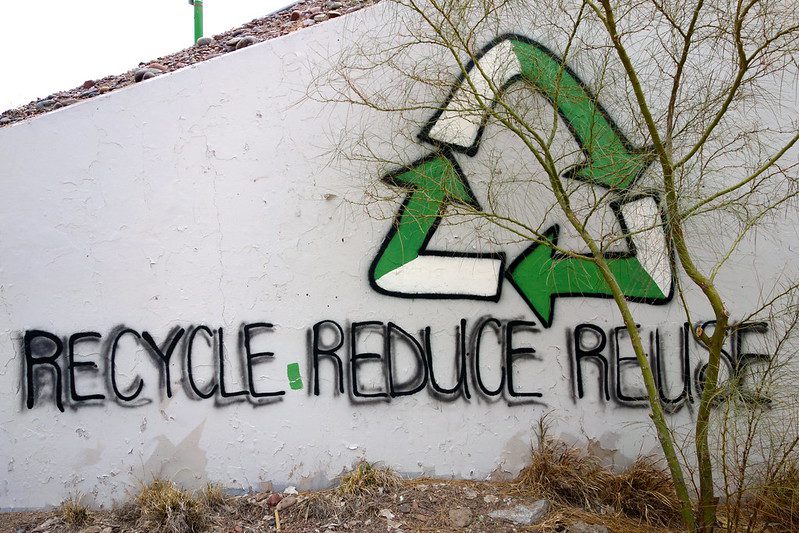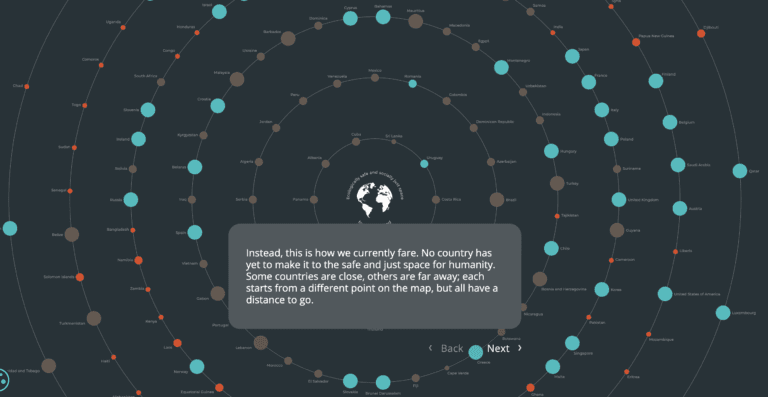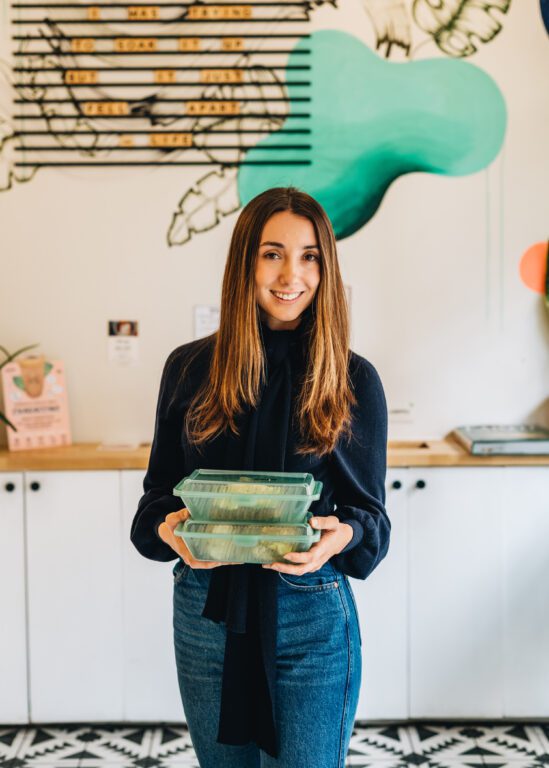
For a very long time, I’ve been hoping that someone would write an article that helps folks understand the links between waste and climate change, the benefits of reuse over composting or recycling, and how to spot greenwashing. Finally, it’s here. In Thanks for Feasting Sustainably, Ali Smith cuts through the misinformation, interviewing experts on composting to better understand just why compostable packaging is not the environmental solution many have been led to believe it is. Throughout the article, she highlights local businesses trying to do their best by the planet, whether it’s by using easier to recycle aluminum packaging or by getting into the new reuse economy.
The fact that packaging is not recyclable or compostable in the way that it’s labelled is a major problem, and as it stands, it’s not truly being addressed at the highest levels. The recent US infrastructure bill includes $75 million to fund PR campaigns about how and where to recycle. What good is ensuring that Americans put plastics in the right bins when the plan seems to support emissions-intensive and oil-industry friendly “solutions” like chemical recycling but *not* many of the points reflected in the Break Free From Plastic Pollution Act? It sounds like a lot of money being spent to convince people that recycling works, just so the oil industry can make up for its losses in the transportation sector.
Judith Enck, president of Beyond Plastics and total hero of mine, put it plainly by calling out that any 7-year-old in the United States can recite the call to reduce, reuse and recycle, but “we [adults] continue to skip the first rungs.”
Socially and environmentally-impactful solutions, as complicated as they may be, are often ignored in favor of the equally complicated pseudo-solutions preferred by big money with a big interest in maintaining the status quo. Enough of us have enough ambition to overcome that; the question is whether we can do it at the speed the climate crisis requires.
Truly impactful solutions lie in a transition to a more circular economy.

The Circularity Gap Report says, “The circular economy provides a systematic approach to reach a safe and just space. By designing out waste and pollution, keeping products and materials in use for as long as possible, and regenerating natural systems, it promises to provide for people’s needs, without transgressing the boundaries of the planet.” Their 2020 report finds that 21 circular economy strategies could cut global greenhouse gas emissions by 39%. The report suggests specific actions that countries at various levels of economic development can take to integrate circular solutions into their climate commitments.
By every measure, including water use, reuse generates lower emissions than all types of single-use packaging, whether it’s plastic (read about how plastic production is on track to generate more emissions than coal by 2030) or “compostable” (read why that’s problematic here). It’s reassuring for me to see that other startups are working to make circular reusable solutions accessible. What I’d love to see is greater investment in these solutions so that we can benefit from their real emissions reduction potential.
—
 Lauren Sweeney co-founded DeliverZero, a network of reusable containers that makes it easy for customers to order takeout and delivery in returnable reusable packaging. As CMO at DeliverZero, she brings a community-first approach to marketing. Through the connection she’s built with DeliverZero customers, Lauren regularly shares education on the links between climate change and waste, with a heavy dose of climate optimism. She believes that truly addressing the climate crisis will bring out the best in humanity and create a more equitable world. She lives in New York City with her daughter and practices kundalini yoga whenever she can.
Lauren Sweeney co-founded DeliverZero, a network of reusable containers that makes it easy for customers to order takeout and delivery in returnable reusable packaging. As CMO at DeliverZero, she brings a community-first approach to marketing. Through the connection she’s built with DeliverZero customers, Lauren regularly shares education on the links between climate change and waste, with a heavy dose of climate optimism. She believes that truly addressing the climate crisis will bring out the best in humanity and create a more equitable world. She lives in New York City with her daughter and practices kundalini yoga whenever she can.
